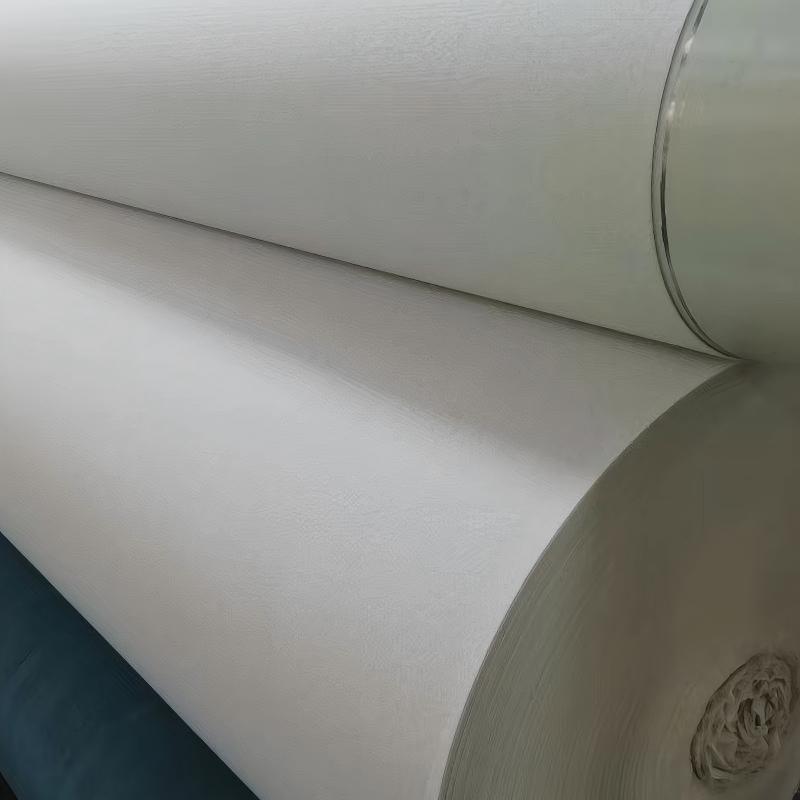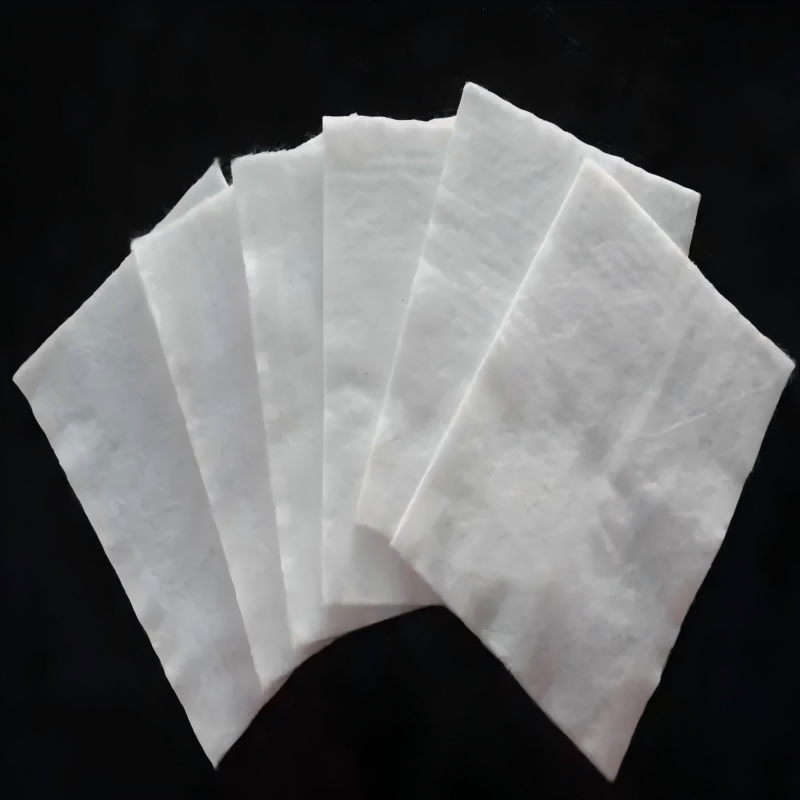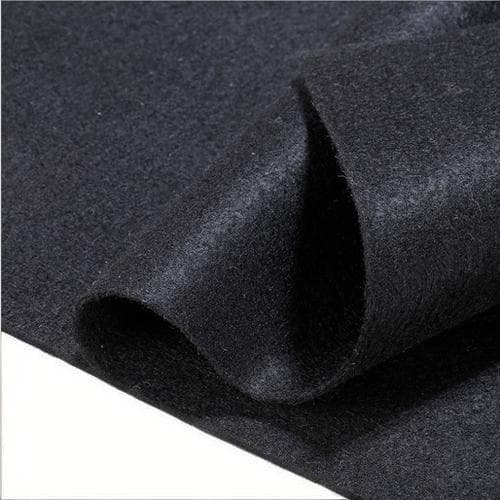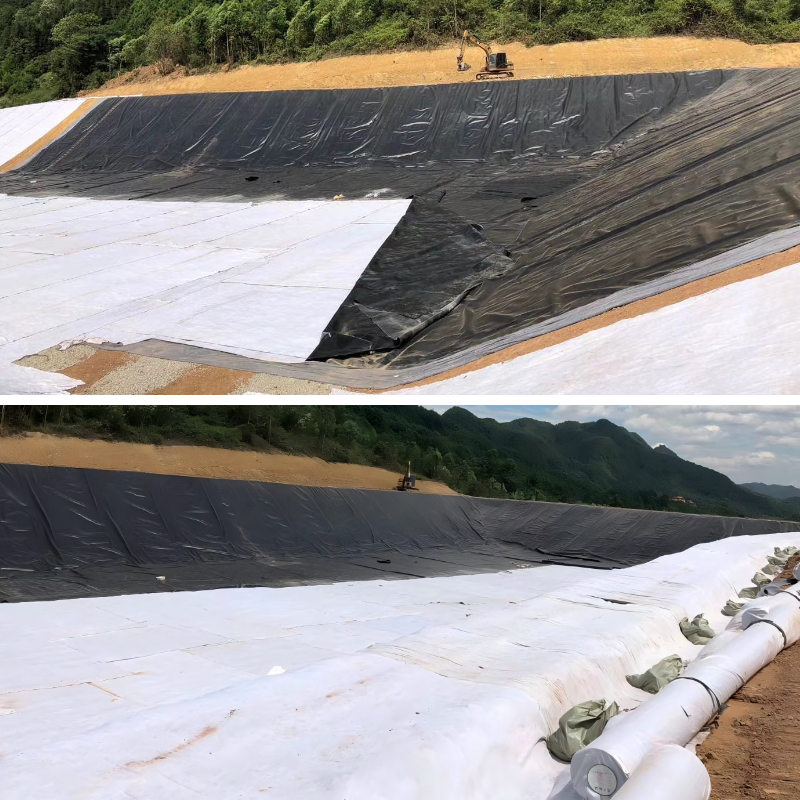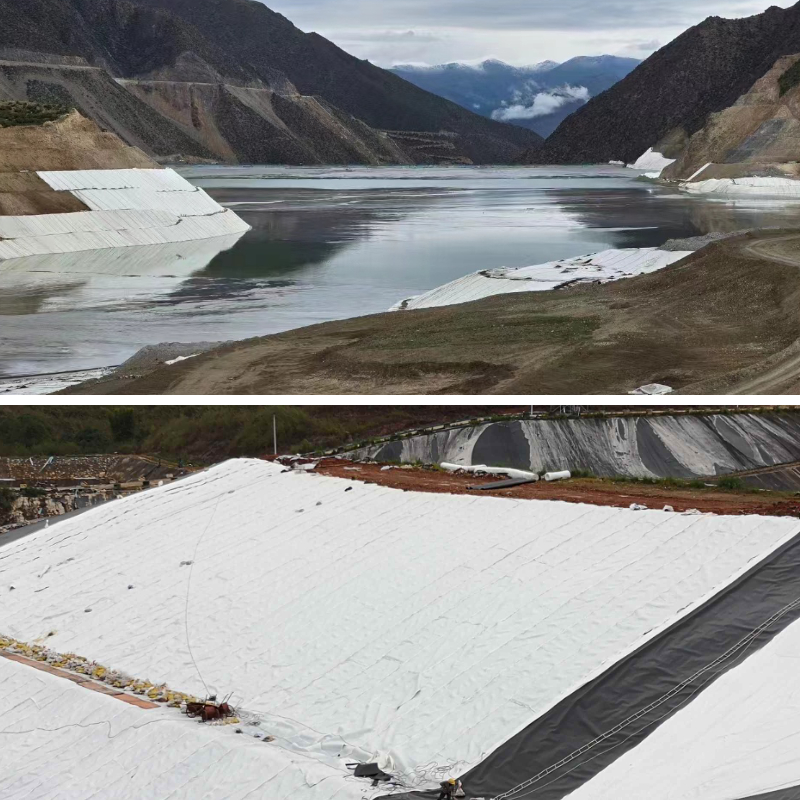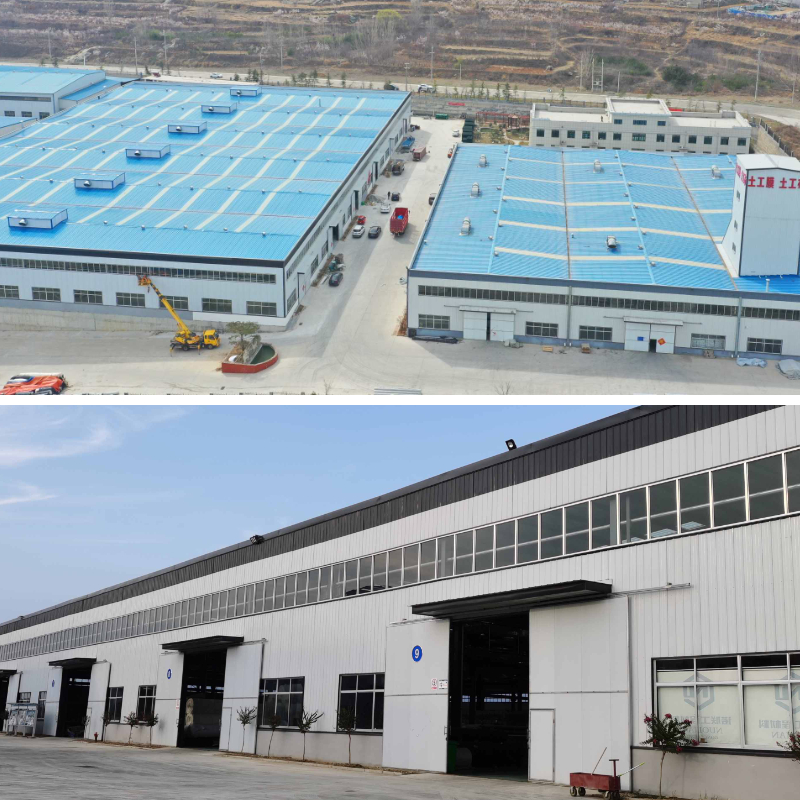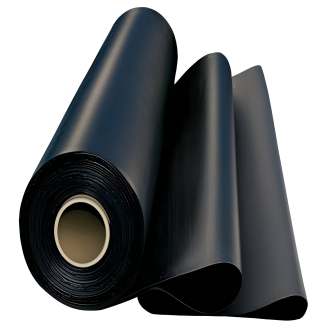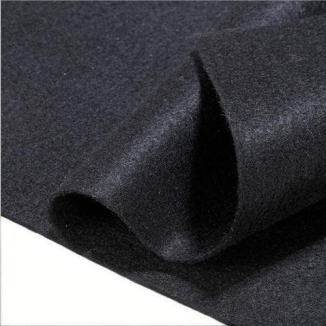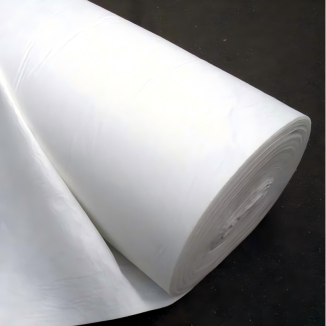Geotextile Filter Fabric
1. Filter accurately without blocking the holes:It can accurately block impurities such as sediment and soil particles, and the fiber arrangement is loose, making it difficult for impurities to stick. It will not be blocked even after long-term use and does not need to be replaced frequently.
2. Fast permeability, no water accumulation:At the same time as filtration, it can quickly drain or exhaust water, avoiding water accumulation that can damage the roadbed, drainage system, etc., while balancing filtration and circulation.
3. Strong durability and good environmental adaptability:Made of materials such as polypropylene and polyester, it is acid and alkali resistant, sun resistant, and not easy to break. It can withstand construction friction and soil pressure and can be used for a long time.
4. Wide adaptability and easy construction:It can customize thickness, width, and aperture according to demand, and can be used for sewage filtration, roadbed drainage, irrigation filtration, and other scenarios. It is lightweight, easy to lay, and can save costs.
Product Introduction
1、 Basic attributes
Material: Geotextile Filter Fabric is made from synthetic fibers such as polypropylene and polyester, and is processed by needle punching or thermal bonding. It belongs to flexible permeable fabric.
Form: mostly in the form of rolls, customizable thickness (0.5-3mm), width (1-6m), lightweight (200-500g per square meter), easy to transport and lay.
Structural characteristics: Fiber arrangement with specific pore size, possessing dual physical properties of "permeability" and "filtration", which can intercept impurities without affecting fluid flow.
2、 Core functions
Precise filtration: By controlling the aperture, impurities such as sediment and soil particles (such as fine sand and dust) are intercepted to prevent them from blocking subsequent pipelines or affecting engineering structures.
Efficient permeability: Quickly discharge filtered water or gas, avoiding problems such as roadbed damage and soil waterlogging caused by accumulated water, and ensuring smooth fluid circulation.
Scenario adaptation: Adapting to the needs of multiple fields, it can be used in civil engineering (roadbed drainage), environmental protection (sewage filtration), agriculture (irrigation water filtration) and other scenarios, playing a core role in filtration and permeability.
3、 Main features
Strong durability: resistant to acid and alkali corrosion (suitable for pH 3-11 environment), resistant to UV aging, high tensile strength, able to resist construction friction and soil pressure, long service life, no need for frequent replacement.
Convenient to use: The roll form is easy to lay, can be cut according to on-site needs, has high construction efficiency, and can reduce labor and time costs.
Good stability: The fiber loose arrangement design reduces the adhesion of impurities, and long-term use is not easy to block the pores, always maintaining stable filtering and permeability performance.
Product Parameters
project | metric | ||||||||||
Nominal strength/(kN/m) | |||||||||||
6 | 9 | 12 | 18 | 24 | 30 | 36 | 48 | 54 | |||
1 | Longitudinal and transverse tensile strength / (kN/m) ≥ | 6 | 9 | 12 | 18 | 24 | 30 | 36 | 48 | 54 | |
2 | Maximum elongation at maximum load in longitudinal and transverse directions/% | 30~80 | |||||||||
3 | CBR top penetration strength /kN ≥ | 0.9 | 1.6 | 1.9 | 2.9 | 3.9 | 5.3 | 6.4 | 7.9 | 8.5 | |
4 | Longitudinal and transverse tearing strength /kN | 0.15 | 0.22 | 0.29 | 0.43 | 0.57 | 0.71 | 0.83 | 1.1 | 1.25 | |
5 | Equivalent aperture O.90(O95)/mm | 0.05~0.30 | |||||||||
6 | Vertical permeability coefficient/(cm/s) | K× (10-¹~10-), where K=1.0~9.9 | |||||||||
7 | Width deviation rate /% ≥ | -0.5 | |||||||||
8 | Unit area mass deviation rate /% ≥ | -5 | |||||||||
9 | Thickness deviation rate /% ≥ | -10 | |||||||||
10 | Thickness coefficient of variation (CV)/% ≤ | 10 | |||||||||
11 | Dynamic perforation | Puncture hole diameter/mm ≤ | 37 | 33 | 27 | 20 | 17 | 14 | 11 | 9 | 7 |
12 | Longitudinal and transverse fracture strength (grab method)/kN ≥ | 0.3 | 0.5 | 0.7 | 1.1 | 1.4 | 1.9 | 2.4 | 3 | 3.5 | |
13 | Ultraviolet resistance (Xenon arc lamp method) | Longitudinal and transverse strength retention rate% ≥ | 70 | ||||||||
14 | Ultraviolet resistance (fluorescence UV lamp method) | Longitudinal and transverse strength retention rate% ≥ | 80 | ||||||||
Product Application
1、 In the field of civil engineering
Roadbed construction: It is laid between the roadbed and the soil to intercept fine particles and impurities in the soil, prevent them from entering the roadbed and blocking the pores, and quickly discharge the accumulated water in the roadbed to avoid softening and settling of the roadbed, ensuring the stability of the road structure.
Retaining wall engineering: Set up in the filling layer behind the retaining wall to filter out small particles in the filling material, prevent the loss of filling material, and allow rainwater and other water bodies to be discharged smoothly, reducing the water pressure on the retaining wall and preventing cracking and tilting of the retaining wall.
2、 Environmental protection treatment field
Wastewater treatment: used in the filtration system of wastewater treatment plants as a filtering medium to intercept suspended solids, organic matter, and other impurities in wastewater, reduce wastewater turbidity, and reduce the burden for subsequent biochemical treatment, disinfection, and other processes, improving effluent quality.
Landfill site: Located above the anti-seepage layer of the landfill site, it filters impurities in the leachate to prevent blockages in the drainage channels of the anti-seepage layer. At the same time, it protects the anti-seepage layer from sharp garbage damage and reduces the pollution of soil and groundwater by leachate.
3、 In the field of agricultural production
Irrigation system: Installed at the inlet of agricultural irrigation pipelines or the head of drip irrigation belts, it filters out impurities such as sediment and weed seeds in irrigation water, prevents impurities from blocking irrigation pipelines and drip irrigation holes, ensures uniform irrigation, and avoids crop growth caused by water and fertilizer shortages.
Soil and Water Conservation: Laying on the surface of sloping farmland and orchards to intercept soil particles in surface runoff, reduce soil erosion, and allow rainwater to slowly infiltrate into the soil, increasing soil moisture content and improving the soil environment for crop growth.
4、 Water conservancy engineering field
River management: used in the protection engineering of river bank slopes, covering the soil surface of the bank slope, filtering the sediment carried by the river water, preventing the erosion and loss of the bank slope soil, allowing water infiltration, maintaining the water cycle of the river ecosystem, and protecting the growth of vegetation on the bank slope.
Reservoir embankment: It is laid on the back slope or around the drainage body of the reservoir embankment to filter impurities in the embankment fill, prevent the loss of soil particles with seepage, avoid problems such as piping and leakage, and ensure the safe operation of the reservoir embankment.
Permeable filter fabrics play a key role in various fields such as civil engineering, environmental protection, agriculture, and water conservancy, thanks to their core characteristics of "filtration+permeability". They not only solve practical problems such as impurity blockage, soil erosion, and water pollution, but also ensure the stability of engineering structures and improve resource utilization efficiency. They are important materials that balance functionality and practicality, and are suitable for safety, environmental protection, and production needs in different scenarios.


